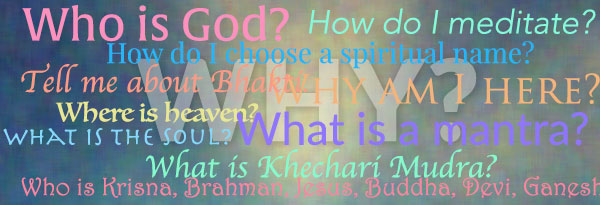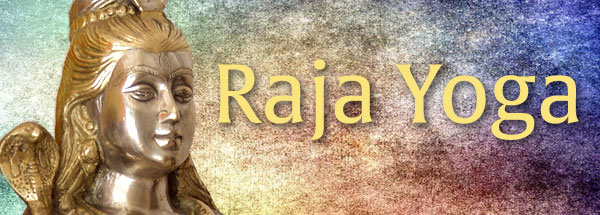A selection on the Spiritual Teacher, from Perspectives on Yoga, a new book to be published later this year.
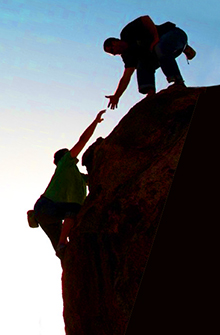 In the Srimad Bhagavatam (11.7.33-35) the first human guru, Sri Dattatreya, describes how he had twenty-four gurus, including elements, planets, animals, insects and human beings. A guru is something or someone which gives us a push in the direction of higher consciousness, which teaches us to see farther and deeper than we have before.
In the Srimad Bhagavatam (11.7.33-35) the first human guru, Sri Dattatreya, describes how he had twenty-four gurus, including elements, planets, animals, insects and human beings. A guru is something or someone which gives us a push in the direction of higher consciousness, which teaches us to see farther and deeper than we have before.
Sometimes a book does this, and sometimes a single word spoken by someone who had no idea it would have that effect on another person. And for those of great good karma it is possible to meet a great soul who can lift them to a higher level of awareness by various means, including their mere presence.
But some impetus to awakening is necessary for all of us. Of course, that awakening ultimately comes from within, but since we are so outward-turned it almost always requires an external stimulus of some sort.
*****
A true and worthy guru or teacher (acharya) will freely teach anyone who is sincere and willing to follow instruction. He will care nothing about their background or their past.
A mentally disturbed man tried to kill Swami Sivananda, who forgave him and asked him to live in the ashram and do sadhana.
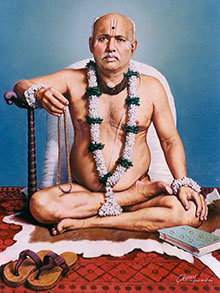 A man was hired by jealous Brahmin pandits to poison Sri Brahma Chaitanya of Gondawali because of his open attitudes and ways. Knowing that if he refused the offered poison the man’s intention to kill him would be revealed and he would be punished, Sri Brahma Chaitanya took the poison and swallowed it. Seeing this, the man fled in terror. By his yoga powers the saint did not die, but he developed chronic asthma.
A man was hired by jealous Brahmin pandits to poison Sri Brahma Chaitanya of Gondawali because of his open attitudes and ways. Knowing that if he refused the offered poison the man’s intention to kill him would be revealed and he would be punished, Sri Brahma Chaitanya took the poison and swallowed it. Seeing this, the man fled in terror. By his yoga powers the saint did not die, but he developed chronic asthma.
*****
A worthy teacher can help anyone who wishes to change, for the divine Self is within all, and the moment anyone desires higher life he is ready and able for it. In the lives of great yogis we find examples of every kind of degradation being dispelled by their merciful teaching. What value would they be if this was not the case? The principle is that those who have dug themselves into a hole can climb out if they have a competent teacher. This is true for all. The sole factor is their intention and will.








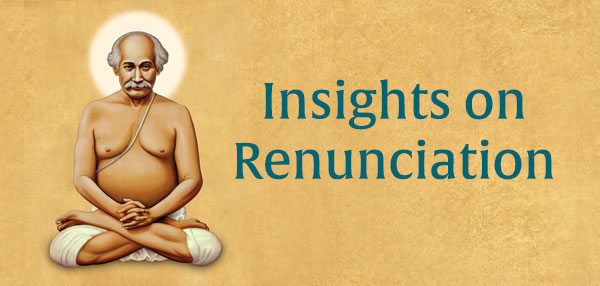
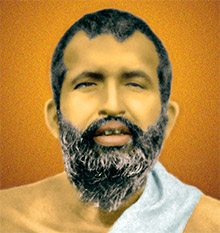 Sri Ramakrishna’s story
Sri Ramakrishna’s story